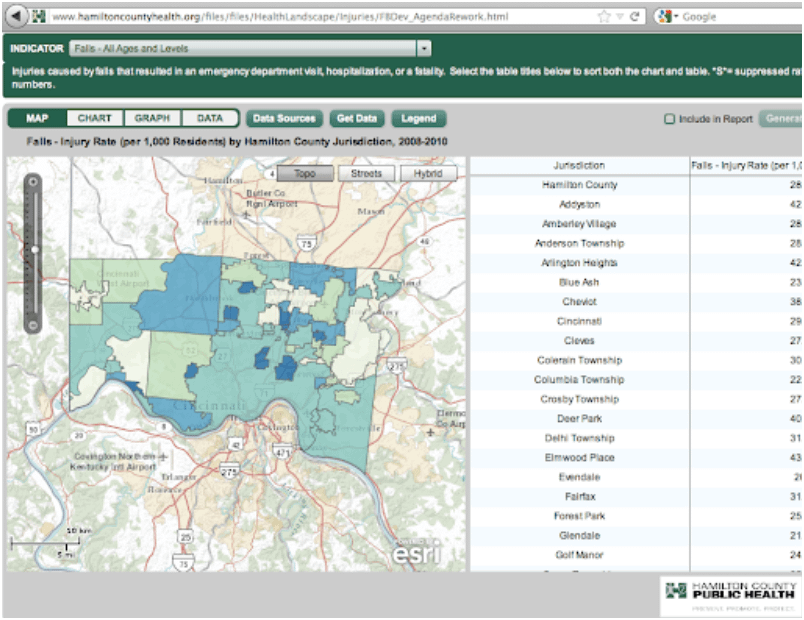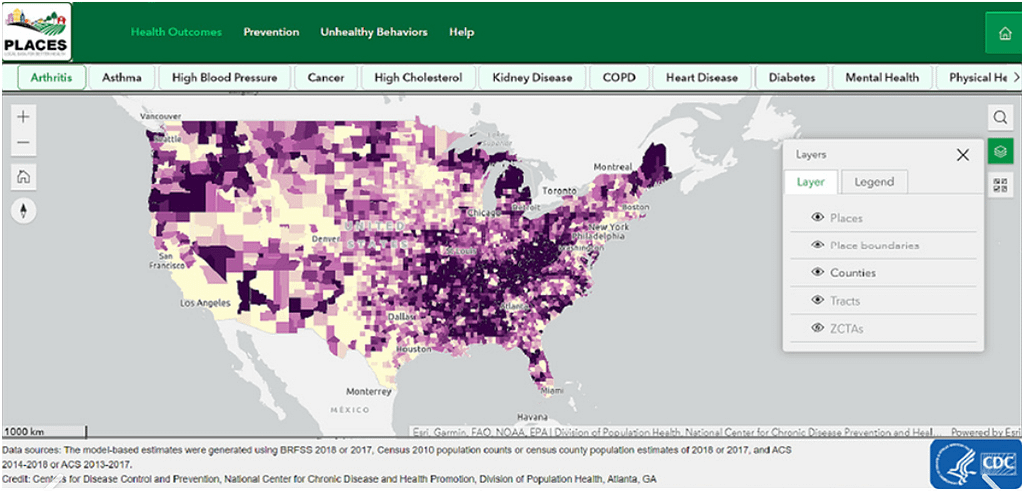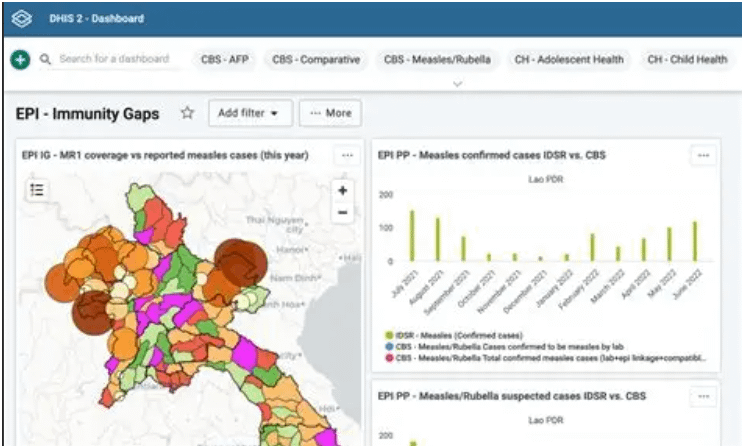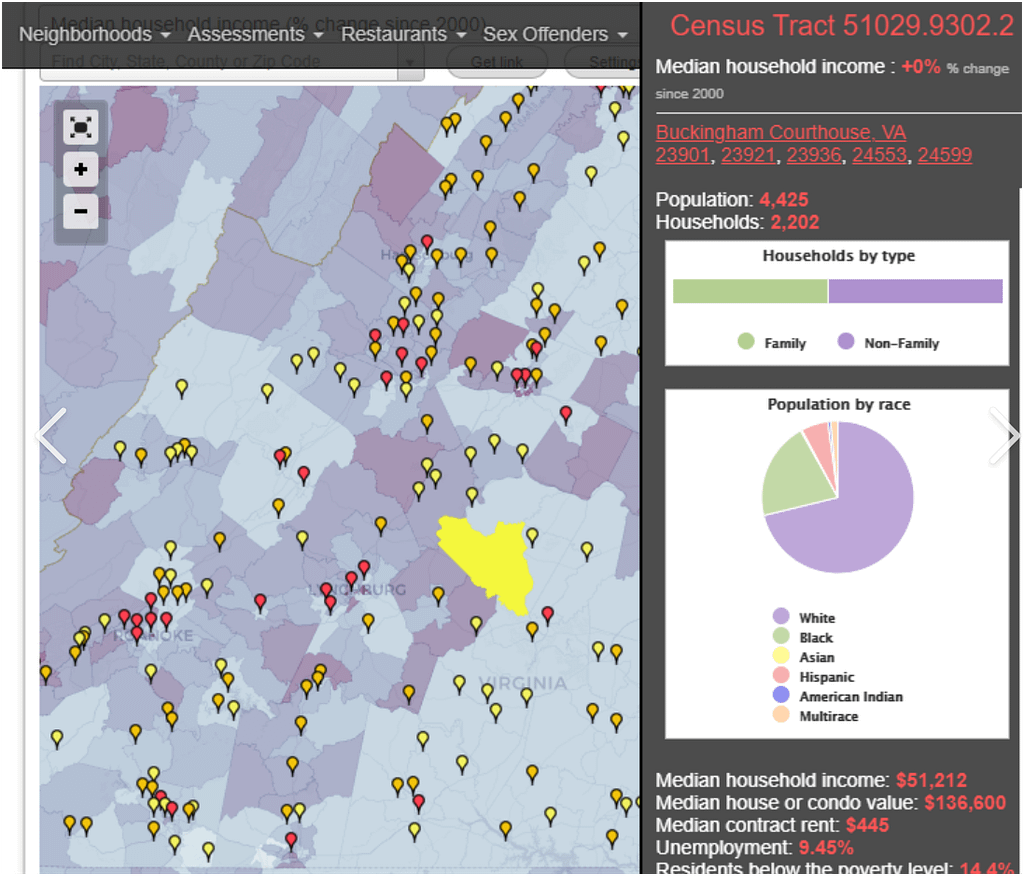PODCAST: the Houston Health Department’s (HHD) public health surveillance efforts, focusing on their ESSENCE syndromic surveillance system. This system primarily monitors acute health events from emergency departments and urgent care centers, including a specific “Neurological” syndrome category for early detection of issues like seizures or stroke-like symptoms. While the system is effective for acute event tracking and situational awareness, it has limitations in comprehensively monitoring chronic neurodegenerative diseases or general mental health conditions due to its data sources and lack of a dedicated mental health syndrome. The text also indicates that information regarding UTMB’s neuroscience research and the history of neuroscience clinical trials from the 1980s to the present, as well as collaboration between HHD and UTMB, requires external data not included in this document.
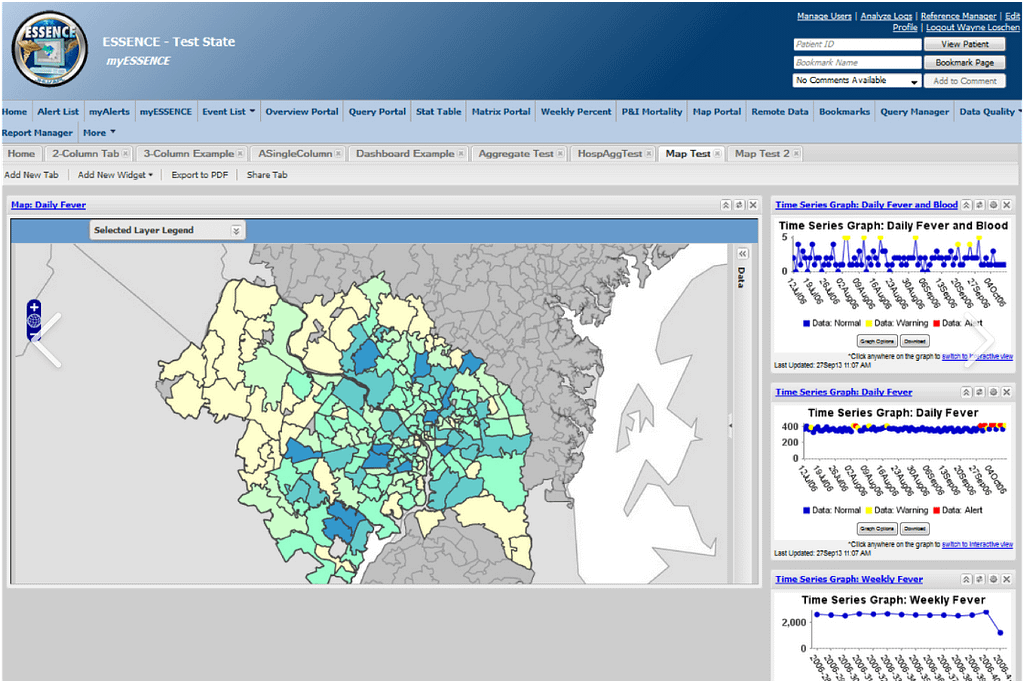
Houston’s public health surveillance efforts, primarily led by the Houston Health Department (HHD), intersect with neuroscience-related issues mainly through the monitoring of acute neurological events, though specific integration with neuroscience research at institutions like UTMB and the history of clinical trials is not detailed in the provided sources.
Here’s how HHD’s surveillance relates to neuroscience-related issues:
- Public Health Surveillance Foundation
- Public health surveillance is defined as the ongoing, systematic collection, analysis, interpretation, and dissemination of health-related data essential for public health planning, implementation, and evaluation. Its core purpose is to provide timely and useful information to prevent and control disease. This process is crucial for understanding brain health conditions at a community level, which represent a significant public health burden.
- HHD’s ESSENCE Syndromic Surveillance System
- The Houston Health Department (HHD) utilizes the Electronic Surveillance System for the Early Notification of Community-based Epidemics (ESSENCE) as a key part of its modern surveillance infrastructure.
- ESSENCE receives near real-time electronic data from participating healthcare facilities, including hospital emergency departments and urgent care centers, within HHD’s jurisdiction and the broader Public Health Region 6/5S. As of late 2024/early 2025 reports, this system included data streams from over 100 facilities.
- Key data elements captured include patient demographics (age, sex, zip code), visit information, and, crucially, patient’s chief complaint, triage notes, and potentially preliminary or discharge diagnosis codes. This data is typically de-identified or limited to protect patient privacy.
- A core function of ESSENCE is to categorize patient visits into predefined syndrome categories based on this pre-diagnostic information.
- Among HHD’s 13 standard syndrome categories, there is an explicit “Neurological” syndrome category. This allows HHD to track trends and generate alerts for unusual spikes in visits for symptoms like seizures, severe headache/migraine, dizziness, weakness, slurred speech (stroke-like symptoms), or altered mental status.
- Capabilities and Limitations for Brain Health Surveillance
- HHD’s ESSENCE system is well-suited for detecting acute neurological event clusters that prompt immediate medical attention. It can monitor trends in acute neurological visits and provide situational awareness during emergencies affecting neurological health.
- However, ESSENCE has inherent limitations for comprehensive population brain health surveillance because it primarily captures data from acute care settings and relies on pre-diagnostic information.
- It is less likely to effectively capture chronic, slowly progressive neurodegenerative diseases like Alzheimer’s or Parkinson’s, or common mental health conditions like depression and anxiety disorders, which are often managed in outpatient settings not routinely flowing into the ESSENCE system.
- The provided documentation indicates that “Mental Health” is not explicitly listed as one of HHD’s standard 13 syndrome categories in ESSENCE. While ad hoc queries for mental health-related terms might be possible, a dedicated, continuously monitored mental health syndrome category is not described. Some acute mental health crises might be captured indirectly under other categories like “Shock/Coma” or “Injury”.
- Broader Surveillance Context
- HHD’s surveillance activities are part of a coordinated state and national public health network, collaborating with the Texas Department of State Health Services (DSHS) and participating in the statewide Texas Syndromic Surveillance (TxS2) system and the CDC’s National Syndromic Surveillance Program (NSSP) BioSense Platform. They also engage with the Syndromic Surveillance Consortium for Southeast Texas (SSCSeT).
- Integration with Neuroscience Research and Clinical Trials
- The provided sources state that information regarding the specific departments, centers, or faculty involved in neuroscience research at the University of Texas Medical Branch (UTMB), the key areas of neuroscience research focus at UTMB, and the history and evolution of neuroscience clinical trials initiated in the 1980s and 1990s to the present day requires external information.
- Similarly, the sources indicate that determining any collaborative neuroscience efforts specifically between the Houston Health Department and UTMB’s neuroscience research community also requires external information that is not present in the provided text. While the sources outline the intent to investigate these collaborations, they do not provide the findings.
